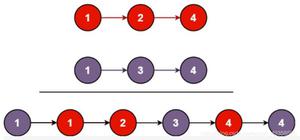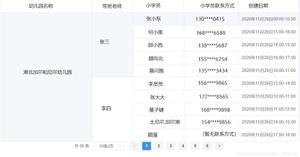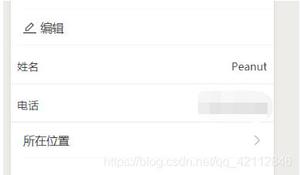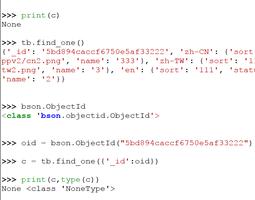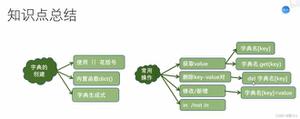用Python将两个列表转换成字典
虽然Python列表包含一系列值,但另一方面,字典包含一对值,称为键值对。在本文中,我们将采用两个列表并将它们标记在一起以创建Python字典。
与for和删除
我们创建两个嵌套的for循环。在内部循环中,将列表之一分配为字典的键,同时不断从外部for循环中删除列表中的值。
示例
listK = ["Mon", "Tue", "Wed"]listV = [3, 6, 5]
# Given lists
print("List of K : ", listK)
print("list of V : ", listV)
# Empty dictionary
res = {}
# COnvert to dictionary
for key in listK:
for value in listV:
res[key] = value
listV.remove(value)
break
print("Dictionary from lists :\n ",res)
输出结果
运行上面的代码给我们以下结果-
('List of K : ', ['Mon', 'Tue', 'Wed'])('list of V : ', [3, 6, 5])
('Dictionary from lists :\n ', {'Wed': 5, 'Mon': 3, 'Tue': 6})
与for和range
通过将两个列表放入for循环中,将它们组合在一起以创建一对值。range和len函数用于跟踪元素的数量,直到创建所有键值对为止。
示例
listK = ["Mon", "Tue", "Wed"]listV = [3, 6, 5]
# Given lists
print("List of K : ", listK)
print("list of V : ", listV)
# COnvert to dictionary
res = {listK[i]: listV[i] for i in range(len(listK))}
print("Dictionary from lists :\n ",res)
输出结果
运行上面的代码给我们以下结果-
('List of K : ', ['Mon', 'Tue', 'Wed'])('list of V : ', [3, 6, 5])
('Dictionary from lists :\n ', {'Wed': 5, 'Mon': 3, 'Tue': 6})
带拉链
zip函数的作用类似于上述方法。它还结合了两个列表中的元素,创建了键和值对。
示例
listK = ["Mon", "Tue", "Wed"]listV = [3, 6, 5]
# Given lists
print("List of K : ", listK)
print("list of V : ", listV)
# COnvert to dictionary
res = dict(zip(listK, listV))
print("Dictionary from lists :\n ",res)
输出结果
运行上面的代码给我们以下结果-
('List of K : ', ['Mon', 'Tue', 'Wed'])('list of V : ', [3, 6, 5])
('Dictionary from lists :\n ', {'Wed': 5, 'Mon': 3, 'Tue': 6})
以上是 用Python将两个列表转换成字典 的全部内容, 来源链接: utcz.com/z/350276.html

